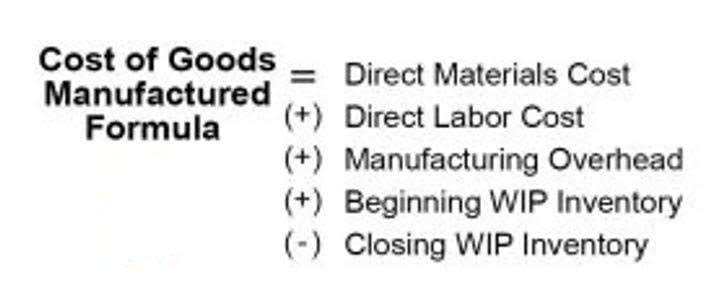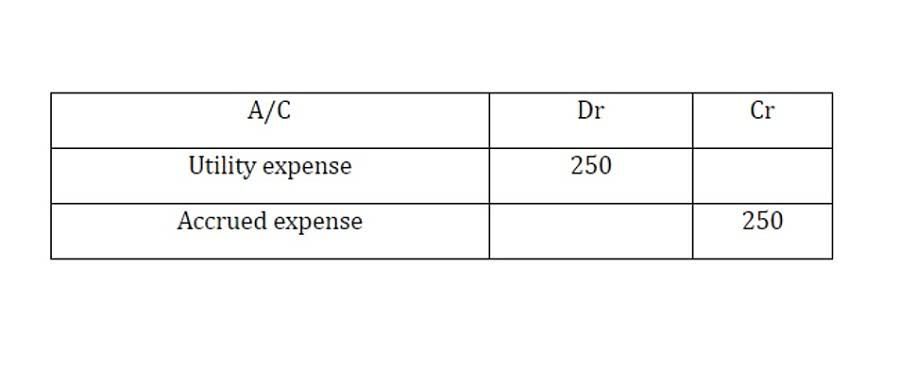
Though some products are more vulnerable to fluctuating price changes, dealing with inflation when restocking inventory is inevitable. When Susan first opened her pet supply store, she quickly discovered her vegan pumpkin dog treats were a huge hit and brought in favorable revenue. But when it was time to replenish inventory, her supplier had already increased their prices. Warehouse management refers to handling inventory and similar tasks within a warehouse environment.

How to Diversify Your Ecommerce Channels + Business

This card has separate columns to record purchases, sales and https://www.bookstime.com/ balance of inventory in both units and dollars. The quantity and dollar information in these columns are updated in real time i.e., after each purchase and each sale. At any point in time, the perpetual inventory card can, therefore, provide information about purchases, cost of sales and the balance in inventory to date. With this method, companies add up the total cost of goods purchased or produced during a specified time. This amount is then divided by the number of items the company purchased or produced during that same period. To determine the cost of goods sold, the company then multiplies the number of items sold during the period by the average cost per item.
- LIFO stands for “last in, first out,” which assumes goods purchased or produced last are sold first (and the inventory that was most recently purchased will be sent to customers before the oldest inventory).
- Following the FIFO logic, ShipBob is able to identify shelves that contain items with an expiration date first and always ship the nearest expiring lot date first.
- The costs included for manufacturers, however, are different from the costs for retailers and wholesalers.
- As the price of labor and raw materials changes, the production costs for a product can fluctuate.
- If the number of units sold exceeds the number of oldest inventory items, move on to the next oldest inventory and multiply the excess amount by that cost.
How do FIFO and LIFO affect more straightforward accounting operations?
Because the expenses are usually lower under the FIFO method, net income is higher, resulting in a potentially higher tax liability. The IRS has set up some possible how to do fifo ways you can calculate the cost of goods sold. FIFO is one method used to determine the cost of inventory sold for your business tax return. At the beginning of the year, you have an initial inventory of products in various stages of completion or ready to be sold.
- Assume a company purchased 100 items for $10 each and then purchased 100 more items for $15 each.
- However, this results in higher tax liabilities and potentially higher future write-offs if that inventory becomes obsolete.
- The First-In, First-Out (FIFO) method assumes that the first unit making its way into inventory–or the oldest inventory–is the sold first.
- So, which inventory figure a company starts with when valuing its inventory really does matter.
- Let’s say you’ve sold 15 items, and you have 10 new items in stock and 10 older items.
LIFO and FIFO: Financial Reporting
You can start by inspecting your shelves, checking expiration dates, and verifying inventory records. Consider using inventory management software to streamline the audit processes and get real-time visibility into inventory and order levels. This will help you create automated audit reports and identify issues that need https://www.facebook.com/BooksTimeInc/ more attention.

The company will report the oldest costs on its income statement, whereas its current inventory will reflect the most recent costs. FIFO is a good method for calculating COGS in a business with fluctuating inventory costs. Theoretically, the cost of inventory sold could be determined in two ways. One is the standard way in which purchases during the period are adjusted for movements in inventory.

- Using FIFO simplifies the accounting process because the oldest items in inventory are assumed to be sold first.
- The company will report the oldest costs on its income statement, whereas its current inventory will reflect the most recent costs.
- On 2 January, Bill launched his web store and sold 4 toasters on the very first day.
- Companies frequently use the first in, first out (FIFO) method to determine the cost of goods sold or COGS.
- With this level of visibility, you can optimize inventory levels to keep carrying costs at a minimum while avoiding stockouts.
- FIFO can be a better indicator of the value for ending inventory because the older items have been used up while the most recently acquired items reflect current market prices.
For some companies, there are benefits to using the LIFO method for inventory costing. For example, those companies that sell goods that frequently increase in price might use LIFO to achieve a reduction in taxes owed. Last in, first out (LIFO) is another inventory costing method a company can use to value the cost of goods sold. Instead of selling its oldest inventory first, companies that use the LIFO method sell its newest inventory first.
- To determine if FIFO is the right choice for you, assess your inventory characteristics, understand customer demands and industry standards, and review your operational requirements and goals.
- Another reason for valuing inventory is that inventory costs are included in the cost of goods sold, which reduces business income for tax purposes.
- The accounting method that a company uses to determine its inventory costs can have a direct impact on its key financial statements (financials)—balance sheet, income statement, and statement of cash flows.
- If you manage a warehouse that is looking to implement a FIFO inventory management system, the first step you should take is to optimize your warehouse layout and inventory processes.
- This method is usually used by businesses that sell a very small collection of highly unique products, such as art pieces.
- You can start by inspecting your shelves, checking expiration dates, and verifying inventory records.
- FIFO, or First In, First Out, is an inventory valuation method that assumes that inventory bought first is disposed of first.
As can be seen from above, the inventory cost under FIFO method relates to the cost of the latest purchases, i.e. $70. Bertie also wants to know the value of her remaining inventory—she wants her balance sheet to be accurate. The oldest bars in her inventory were from batch 1 so she will count 100 at the unit cost of batch 1, $2.00. To calculate her COGS for the trade show, Bertie will count 100 bars at $2.00 and 200 at $1.50. Under FIFO, your Cost of Goods Sold (COGS) will be calculated using the unit cost of the oldest inventory first.

